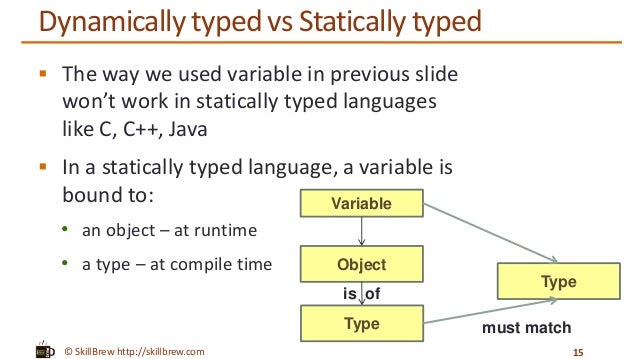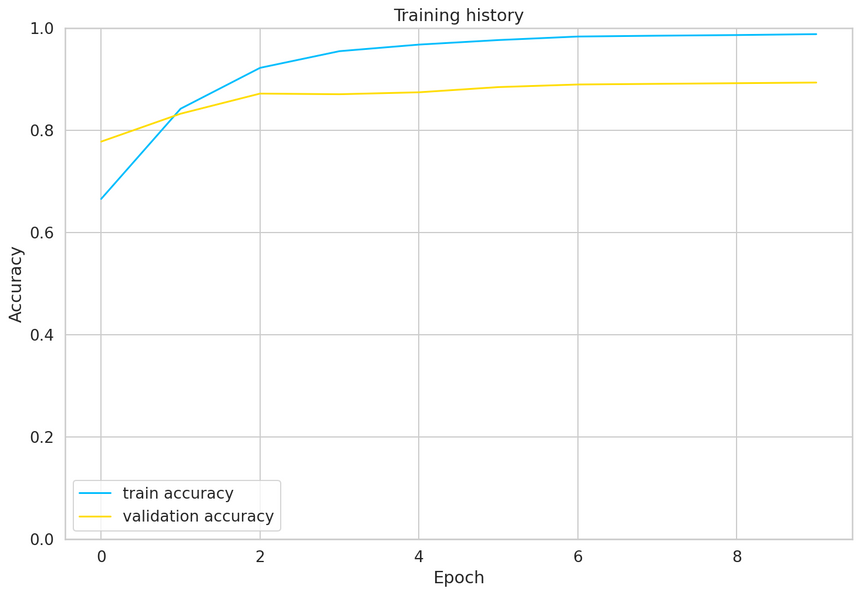Python Slots Vs Dict
使用slots 但是,如果我们想要限制class的属性怎么办?比如,只允许对Student实例添加name和age属性。 为了达到限制的目的,Python允许在定义class的时候,定义一个特殊的slots变量,来限制该class能添加的属性: class Student(object). On the class-level, each slot has as a descriptor that knows its unique position in the instance list. There is a good explanation of how it works by Raymond Hettinger. Although it was written 10 years ago, the concept stays the same. Bonus: function attributes. Python's dictionary is so fundamental to Python, that many other objects using it too. Python Dict Vs Slots The first thing I do is to go to Bloodsuckers (98% RTP) and I want to give myself about 5 chances of winning with my real money, meaning that in this case I will bet €20 per spin for 5 spins. If I get a big win during these 5 spins, then I will just cancel the bonus of €100 and withdraw the rest.
List and dictionary are fundamentally different data structures . A list can store a sequence of objects in a certain order such that you can index into the list, or iterate over the list. Moreover, List is a mutable type meaning that lists can be modified after they have been created. Python dictionary is an implementation of a hash table and is a key-value store. It is not ordered and it requires that the keys are hashtable. Also, it is fast for lookups by key.
Elements in a list have the following characteristics:
- They maintain their ordering unless explicitly re-ordered (for example, by sorting the list).
- They can be of any type, and types can be mixed.
- They are accessed via numeric (zero based) indices.
Elements in a Dictionary have the following characteristics:
- Every entry has a key and a value
- Ordering is not guaranteed
- Elements are accessed using key values
- Key values can be of any hashtable type (i.e. not a dict) and types can be mixed
- Values can be of any type (including other dict’s), and types can be mixed
 Usage:
Usage:Use a dictionary when you have a set of unique keys that map to values and to use a list if you have an ordered collection of items.

This page describes the use of signals and slots in Qt for Python.The emphasis is on illustrating the use of so-called new-style signals and slots, although the traditional syntax is also given as a reference.
The main goal of this new-style is to provide a more Pythonic syntax to Python programmers.
- 2New syntax: Signal() and Slot()
Traditional syntax: SIGNAL () and SLOT()
QtCore.SIGNAL() and QtCore.SLOT() macros allow Python to interface with Qt signal and slot delivery mechanisms.This is the old way of using signals and slots.
The example below uses the well known clicked signal from a QPushButton.The connect method has a non python-friendly syntax.It is necessary to inform the object, its signal (via macro) and a slot to be connected to.
New syntax: Signal() and Slot()
The new-style uses a different syntax to create and to connect signals and slots.The previous example could be rewritten as:
Using QtCore.Signal()
Signals can be defined using the QtCore.Signal() class.Python types and C types can be passed as parameters to it.If you need to overload it just pass the types as tuples or lists.
In addition to that, it can receive also a named argument name that defines the signal name.If nothing is passed as name then the new signal will have the same name as the variable that it is being assigned to.
The Examples section below has a collection of examples on the use of QtCore.Signal().
Note: Signals should be defined only within classes inheriting from QObject.This way the signal information is added to the class QMetaObject structure.

Using QtCore.Slot()
Slots are assigned and overloaded using the decorator QtCore.Slot().Again, to define a signature just pass the types like the QtCore.Signal() class.Unlike the Signal() class, to overload a function, you don't pass every variation as tuple or list.Instead, you have to define a new decorator for every different signature.The examples section below will make it clearer.
Another difference is about its keywords.Slot() accepts a name and a result.The result keyword defines the type that will be returned and can be a C or Python type.name behaves the same way as in Signal().If nothing is passed as name then the new slot will have the same name as the function that is being decorated.
Examples
Python Set Vs Dictionary
The examples below illustrate how to define and connect signals and slots in PySide2.Both basic connections and more complex examples are given.
Python Dict Vs Set
- Hello World example: the basic example, showing how to connect a signal to a slot without any parameters.
- Next, some arguments are added. This is a modified Hello World version. Some arguments are added to the slot and a new signal is created.
- Add some overloads. A small modification of the previous example, now with overloaded decorators.
List Vs Dict Python
- An example with slot overloads and more complicated signal connections and emissions (note that when passing arguments to a signal you use '[]'):
- An example of an object method emitting a signal:

- An example of a signal emitted from another QThread:
- Signals are runtime objects owned by instances, they are not class attributes: